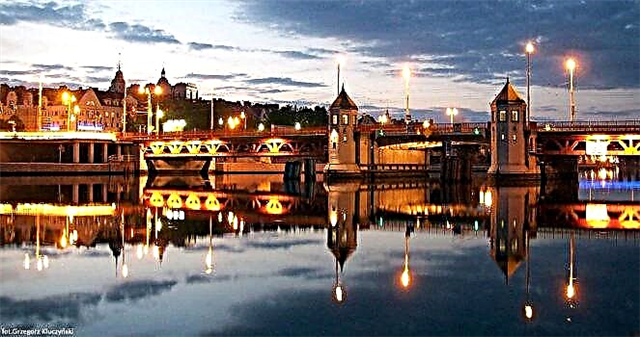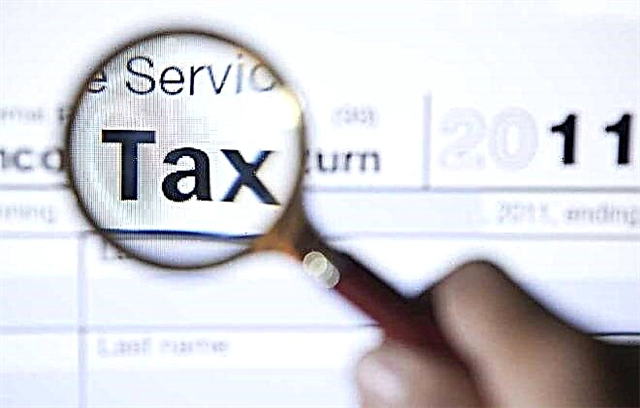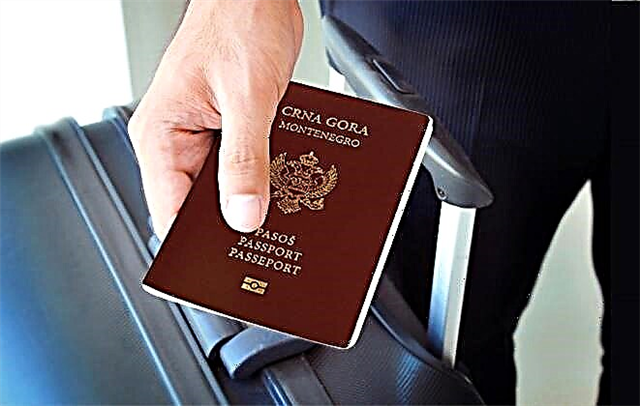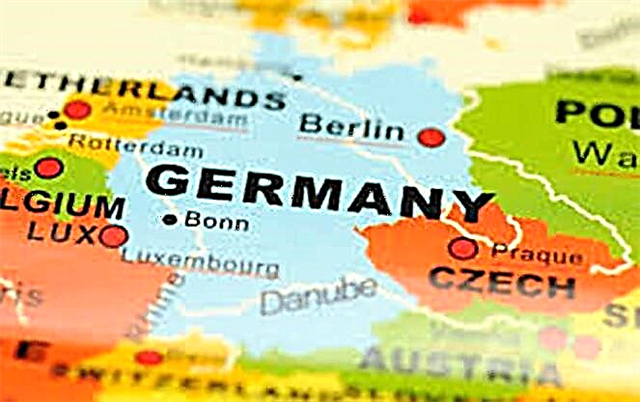The official language of the Federal Republic of Germany, according to the constitution, in the field of education, culture, office work and science is German. However, it is unlikely that an inexperienced tourist will be able to determine by ear what language is spoken in Germany. Each land has its own dialect, and more often several at once. Together with the literary dialects, Low, Middle and High German dialects are used. On the streets of some cities, pure, official German is practically not found, because more than 150 different variants of the language are widespread on the territory of the state.

One for millions
Multinational Germany is home to 80 million people. Over the past several decades, the country has been actively accepting migrants, which has led to the emergence of numerous groups of national minorities. Nevertheless, today 95% of the population speaks literary German (Hochdeutsch) in Germany. It is also widespread outside the state, being the second most popular in the European Union.
The origin of the German language is associated with the Proto-Germanic, which previously stood out from the Germanic group due to changes in phonetics and morphology.
Philologists believe that the formation of the High German language, which became one of the foundations for the literary version, was completed in the 17th century, at the time of Goethe, Adelung and the Grimm brothers.
They not only wrote in German, but also compiled dictionaries. Until the 20th century, the Gothic script was used, European styles began to appear in the 19th century, but unofficially.
In the north of the country, Hochdeutsch established itself as the language of government and education during the Reformation. It was so different from the local dialect that it eventually managed to supplant it. For practical reasons, more and more Germans preferred Hochdeutsch to study successfully.
In the 21st century, most of the population of northern Germany no longer speaks the dialect of their ancestors, and the inhabitants of the center and south have retained their dialects. They were very similar to the official literary version, so they were able to get along. For people with hearing and speech problems, there is German sign language for the deaf.
Features of everyday spoken language
The everyday colloquial form of the literary language is as close as possible to everyday situations, is understandable to all citizens without exception, is informal, replete with special abbreviations, exclamations and words designed to facilitate communication.

The everyday language is not a dialect, although it can be influenced by both the official and territorial languages. For example, the Bavarian version of the spoken language is known. An example of the everyday colloquial version of the established phrase "das habe ich nicht ..." can be called such pronunciation "det hack ni (ch) ...".
Colloquial vocabulary is adapted to the pace of speech, to situations when the speaker wants to say a lot and faster. As a rule, everyday forms are very easily spread, and a person who has moved to another city will soon adopt all the features of the spoken version of the language.
Ethnic groups live in Germany that have preserved their traditions and languages. For example, the Turks. They honor their traditions and do not marry German women. Read more about the life of Turks in Germany here.
Where there is a borrowing of foreign words and their adaptation into German, linguists note the emergence of additional language variations - sociolinguistic phenomena. According to experts, they confirm that the language is developing.
At the same time, in most cases, a foreigner gets the opportunity to learn this kind of German in only one way - by communicating with people living in the area.
Division into dialect zones
Complicated dialects of German emerged under the influence of West Germanic tribes, Franks, Saxons, Alemanni and Frisians. Until now, there is no classification that all philologists would agree with.
The boundaries of the spread of the dialect are indicated by professionals using isogloss - a special line on a linguistic map.
In Germany, the most massive strip connects Düsseldorf, Magdeburg and Frankfurt an der Oder. It divides the whole country into two main dialect areas: in the southern part of Germany they speak in High German dialects, in the north - in Low German. In Berlin, for example, they speak a dialect called the "Berlin accent".

Another line runs along the route Strasbourg - Heidelberg and Plauen, dividing the High German area into two smaller zones, among them, for example, South German dialects, which are not so widespread.
We must not forget about the dialects related to central Germany. For example, the Saxon dialect of German is widespread in Saxony and the bordering lands (the former GDR). And in the modern territories of the liquidated FRG-North Rhine-Westphalia - 19 different dialects function at once, mostly without mixing with each other.
Areas of application for Hochdeutsch
German is the thirteenth language in the world in terms of the number of native speakers and speakers. It is actively studied in Germany and abroad. According to the provisions of the country's constitution, the literary version is used in secondary and higher educational institutions, in business documents, most of the media broadcast in literary German. All exams are taken in official German, communication between the state and individuals is carried out on it, declarations are submitted and certificates are issued.
National peculiarities of the language outside Germany
National variants of the language are varieties of German common in German-speaking countries. They take into account local peculiarities of vocabulary, grammar and phonetics, however, they are not considered literary. Philologists identify options based on two factors - the presence of general rules in force throughout the state, regardless of dialectal rules, and the prevalence in a German-speaking country.
According to these criteria, philologists eventually identified three variants of the German language:
- Bundesdeutsch in Germany (High German),
- variant of German in Austria,
- Swiss German.
In Liechtenstein and Belgium, supra-dialectal national variants have not been formed; either non-standardized dialects or the official language are used. In Luxembourg, the Bundesdeutsch is official.
German speaking countries
The neighboring countries of Germany turned out to be partially German-speaking. Some of them, in addition to German, have their own language, others use their own form of German.
| Country | Tongue shape | Reason for spread |
|---|---|---|
| Germany | Bundesdeutsch (High German) | Historical homeland. |
| Austria | Austrian German (national) | At different times, Austria was part of the state entities in which German was used. |
| Switzerland | Swiss German | The historical homeland of the Helvetians (Celtic tribe), was part of some German-speaking states. |
| Belgium | One of the official languages is the German literary language used in Germany. | The eastern cantons were independent until the eighteenth century, then became part of Prussia. After the war, Germany returned these territories to Belgium as payment for losses in World War II. |
| Liechtenstein | German Bundesdeutsch is recognized as one of the official languages | The spread of the language is based on its geographical location - a small principality is located between Austria and Switzerland. |
| Luxembourg | The official is the Bundesdeutsch | Before independence, it was part of the German Confederation. |
Let's summarize
The role of the German language in 2021 can hardly be overestimated; many official events in the world of politics, sports or culture are held in German. Historical events, conflicts, population migration and some other factors contributed to the spread of the language. In addition, the state authorities are implementing a number of measures designed to protect the German language from invasion, withering away and transformation under the influence of groups of speakers of other languages. The language policy of Germany has become especially relevant in recent years in the context of active migration.











